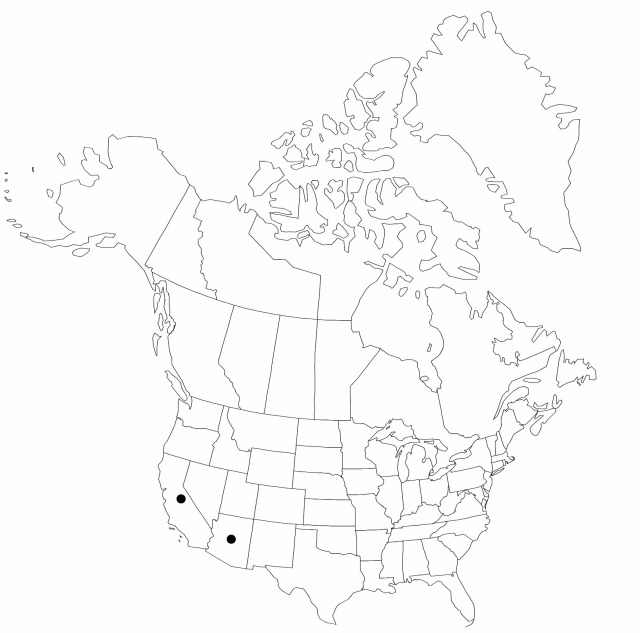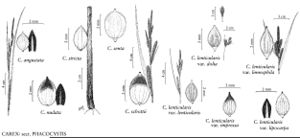Difference between revisions of "Carex senta"
Ill. Carex, 174. 1867.
FNA>Volume Importer |
imported>Volume Importer |
||
| (5 intermediate revisions by 2 users not shown) | |||
| Line 6: | Line 6: | ||
|place=174. 1867 | |place=174. 1867 | ||
|year=1867 | |year=1867 | ||
| + | }} | ||
| + | |special_status={{Treatment/ID/Special_status | ||
| + | |code=W1 | ||
| + | |label= | ||
| + | }}{{Treatment/ID/Special_status | ||
| + | |code=F | ||
| + | |label=Illustrated | ||
}} | }} | ||
|basionyms= | |basionyms= | ||
| Line 32: | Line 39: | ||
-->{{#Taxon: | -->{{#Taxon: | ||
name=Carex senta | name=Carex senta | ||
| − | |||
|authority=Boott | |authority=Boott | ||
|rank=species | |rank=species | ||
| Line 46: | Line 52: | ||
|publication title=Ill. Carex, | |publication title=Ill. Carex, | ||
|publication year=1867 | |publication year=1867 | ||
| − | |special status= | + | |special status=W1;Illustrated |
| − | |source xml=https:// | + | |source xml=https://bitbucket.org/aafc-mbb/fna-data-curation/src/2e0870ddd59836b60bcf96646a41e87ea5a5943a/coarse_grained_fna_xml/V23/V23_692.xml |
|genus=Carex | |genus=Carex | ||
|section=Carex sect. Phacocystis | |section=Carex sect. Phacocystis | ||
Latest revision as of 20:42, 5 November 2020
Plants not cespitose. Culms acutely angled, 50–100 cm, scabrous. Leaves: basal sheaths red-brown; sheaths of proximal leaves scabrous, fronts with red-brown spots, prominently ladder-fibrillose, apex U-shaped; blades 4–8 mm wide. Inflorescences: proximal bract shorter than inflorescence, 3–5 mm wide. Spikes erect; staminate 2–3; pistillate 2–4; proximal pistillate spike 3–7 cm × 3–5 mm, base cuneate. Pistillate scales dark red-brown to black, shorter than perigynia, apex obtuse, awnless. Perigynia ascending, pale brown with red-brown spots on apical 1/2, 3–7-veined on each face, somewhat flattened, loosely enclosing achenes, thick-walled, ellipsoid or ovoid, 3–3.5 × 2–2.2 mm, somewhat leathery, dull, often scabrous on apical margins, apex obtuse, papillose; beak pale brown or red-brown, 0.2–0.3 mm. Achenes not constricted, dull.
Phenology: Fruiting Jun.
Habitat: Wet meadows along streams or rivers
Elevation: 0–3000 m
Distribution

Ariz., Calif., Mexico.
Discussion
Carex senta is a member of the C. stricta group and is most similar to C. angustata. These two species, which may be sympatric, can be distinguished by C. senta, which lacks prominent bladeless sheaths, larger leathery perigynia with 3–7 veins on each face, and larger achenes. Carex senta is distinguished from C. nudata by the flowering from second-year stems, by the wider inflorescence bract, the broader ellipsoid perigynia, and the red-brown (rather than black) scales. Variation within the species, as well as its relationships with other members of the C. stricta subgroup, merit investigation. Specimens of C. senta from Santa Cruz Island have obovoid, apically rounded perigynia with a 0.1 mm beak, and specimens from Arizona have papery perigynia. Collections from New Mexico identified as C. senta are C. stricta.
Selected References
None.
